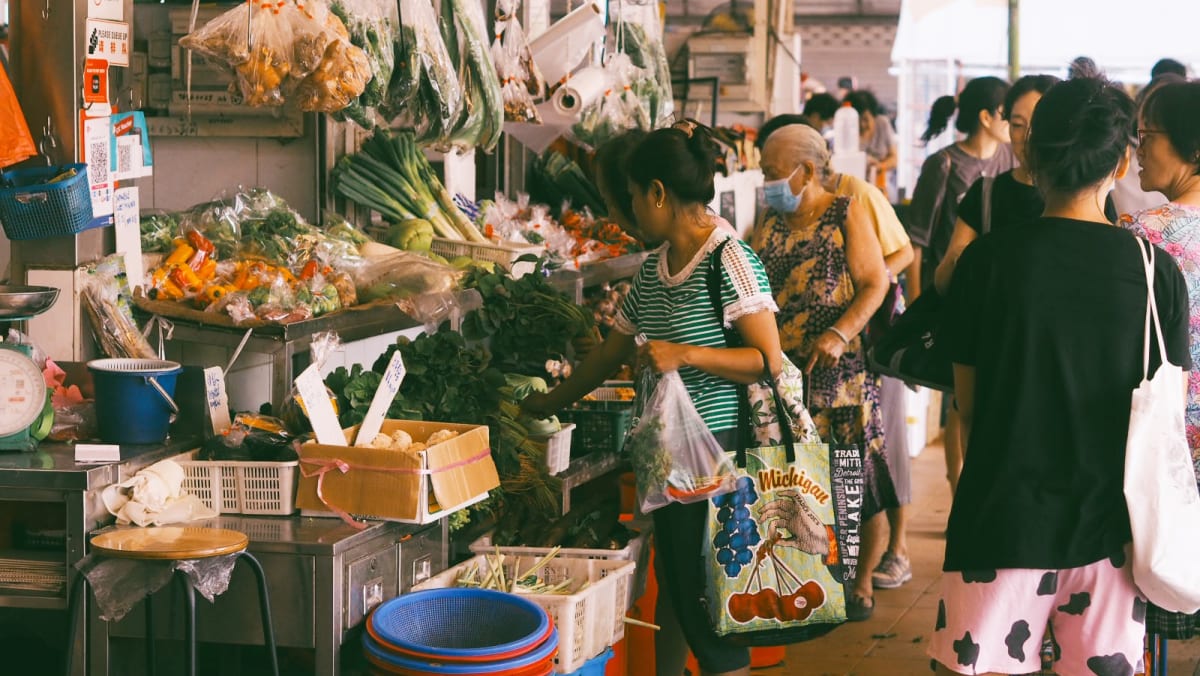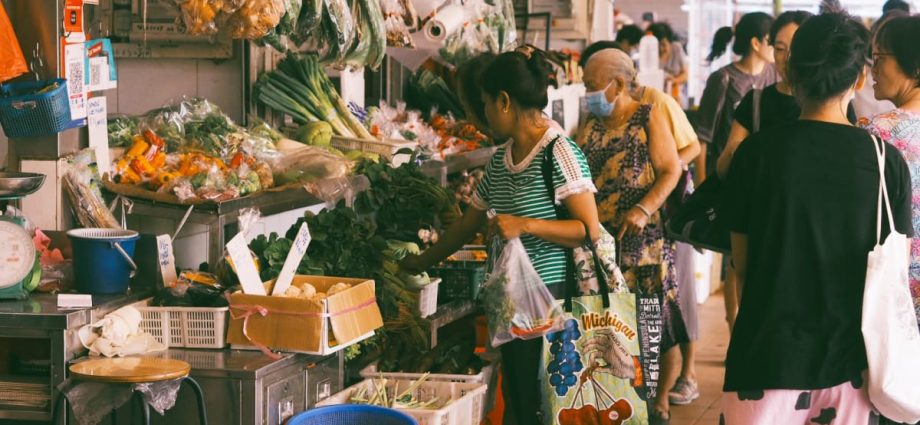
HAWKER CENTRES, WET MARKETS “INTERCONNECTED”
The sense of community is strong among stall holders, noted Mr Tan, who helps his parents at their fishball stall.
“In this hawker culture and wet market culture, there is an unspoken community where people know each other … We have seen each other over a long period of time. Like somebody will tell me, ‘I see your dad when he was a kid, now I’m seeing you,’” the third-generation stall holder said.
Asked what can be done to preserve wet markets, Mr Tan said that in the short-term, the government could be “less restrictive” with hiring regulations, and allow stall holders to hire foreigners to help.
Hawkers and wet market stall holders can only hire Singaporeans and permanent residents currently. But “most are not willing to do the job”, he said.
In the long run, Mr Tan believes hawker centres and wet markets “go hand in hand”. The wet market is connected to a hawker centre in many areas in Singapore, and many hawkers work together with the wet market stall holders, he said.
“For example, if you sell curry fish head, you get the fish head from the fishmonger. It’s a small community that’s interconnected.”
In the same vein, the 2018 survey by NEA, as well as its 2016 and 2014 surveys, found that hawker centres were consistently cited as respondents’ top three most important amenities in a neighbourhood.
A total of 91 per cent of respondents in the 2018 survey agreed that hawker centres promote interactions among all walks of life, and are “good places” for interaction with friends, family and neighbours.
Mr Tan added that older people who come to hawker centres also want “a shopping experience” with their families. For instance, one of his customers would eat breakfast with their family first at the hawker centre before they shop for groceries at the adjacent wet market.
“It’s like an integrated experience, so I think it’s just as important for wet markets to be preserved,” he said.

